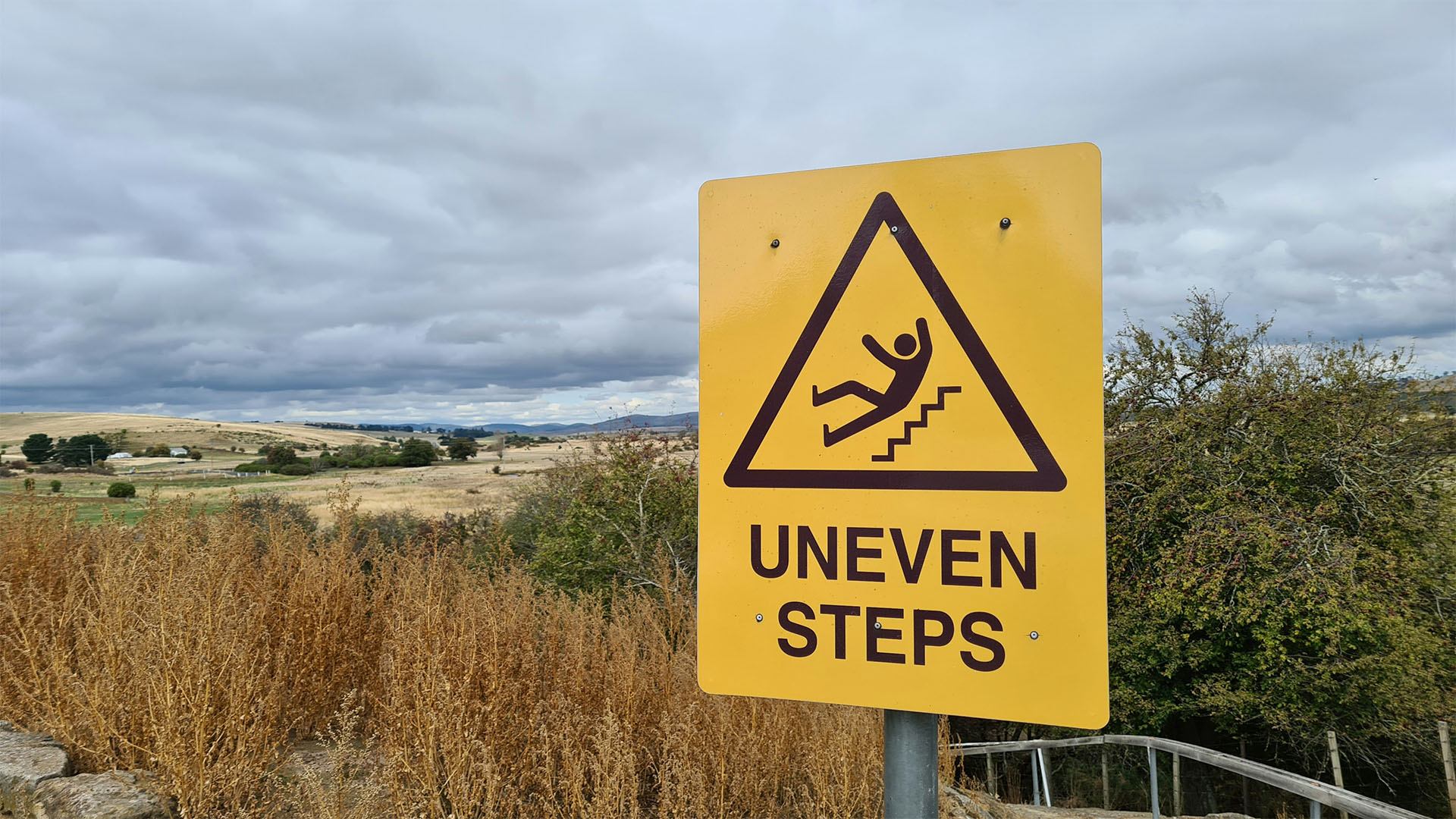When an employer takes adverse action against an employee or prospective employee because of their race or skin color, they are engaging in racial or color discrimination. While it is most common for this to occur when the employer and employee are of different races, it can also happen when they are the same race as well. It is also possible for someone to face workplace discrimination based on the race or skin tone of their family or friends. Some workers even face discrimination for being perceived as a race other than their own due to similar skin tone, hair texture, or other physical characteristics. Sometimes, racial discrimination can overlap with religious discrimination as well when people assume that all members of a certain race are of a certain religion and vice versa.
Employees Have a Right to a Discrimination Free Workplace
Employees have the right to a workplace that is free of discrimination, harassment, and retaliation. Employers are not permitted to take adverse action against their workers due to age, color, disabilities, gender, genetic information, national origin, race, religion, pregnancy, sex, or sexual orientation. Adverse actions include but are not limited to refusal to hire, refusal to train or promote, harassment, demotion, reduced hours, reduced wages, unwarranted discipline, suspension, and termination. Employees also have a right to file complaints when their rights are violated, request medical leave that they have accrued, discuss their wages with each other, and participate in any investigations into their employer.
What Laws Protect Against Racial Discrimination in the Workplace?
In 1964, the Civil Rights Act was passed into federal law. Title VII of this act protects employees from workplace discrimination. Employers with at least 15 employees are prohibited from discriminating against them on the basis of their age, color, genetic information, national origin, race, religion, or sex. Title VII of the Civil Rights Act covers all aspects of the employment relationship including opportunities, benefits, wages, conditions, and duties. Labor unions and employment agencies are also prohibited from exercising discrimination when making employment decisions.
The Equal Employment Opportunity Commission, or EEOC, is a federal organization that oversees violations of anti-discrimination laws. In order to file a lawsuit against their employer for discrimination, the employee must first file a complaint or charge of discrimination with the EEOC. Upon receiving the complaint, the EEOC will investigate the matter and attempt to resolve the situation themselves. If a solution is not reached, they will provide the employee with a Right to Sue letter, enabling them to file a legal claim.
In the state of California, the Fair Employment and Housing Act protects employees from discrimination based on age, ancestry, color, creed, disabilities, medical status, national origin, race, religion, sex, and sexual orientation. The act also covers all stages of employment and applies to employers with at least 5 employees. Violations of this act can be reported to the California Civil Rights Department, formerly known as the Department of Fair Employment and Housing.
Types of Race Discrimination in the Workplace
While some forms of racism in the workplace can be obvious and intentional such as slurs and derogatory comments, it might not always be so direct. In many instances, it may be more subtle such as vague company policy or seemingly random enforcement of rules. The law categorizes two different types of discrimination that may occur in the workplace.
Disparate Treatment
Disparate treatment occurs when an employee is treated differently from their coworkers on the basis of a protected status such as race. Some examples of disparate treatment in the workplace may include:
- All floor staff are one race and all stockroom staff are a different race
- A company not promoting employees from other countries
- Employees of one ethnicity being allowed to break rules while others are reprimanded
- Lighter skinned employees always getting the best job placements
- An employer making disparaging remarks to an employee about their race
Disparate Impact
Disparate impact refers to company policy that may seem innocuous but has a deliberate or even unintended negative impact on people of a certain protected status such as race. Some examples of disparate impact in the workplace may include:
- Dress codes that impose strict regulations on hair styles
- Not allowing certain foods in the breakroom
- Only allowing employees to speak certain languages
- Only hiring people who follow certain cultural etiquettes
- Not hiring workers with criminal convictions in areas with higher incarceration rates for certain races
Racial Discrimination in Work Situations
Employers are prohibited from discriminating against employees or prospective employees in any aspect of the job including:
- Who to hire
- How much to pay employees
- What benefits and perks to offer
- Who to select for training
- Assigning tasks and duties
- Who to promote
- What discipline actions to take
- Which employees are selected for layoffs
- Who to terminate
Racial Harassment
Racism at work can often take the form of harassment. The law defines harassment as pervasive and consistent unwanted conduct that negatively impacts the employee’s ability to do their job. This harassment may come from an employer, coworker, vendor, client, or customer. When discussing racial discrimination, there are many forms of harassment that may occur in the workplace including but not limited to:
- Racial slurs being used
- Derogatory or disparaging comments being made
- Offensive questions being asked
- Offensive or derogatory jokes being told
- Displaying symbols or slogans of hate groups
- Micromanaging and undermining only employees of a certain race
Racial Discrimination in Employment Practices
Most companies have certain practices or policies that everyone must adhere to. Sometimes, these policies may have an adverse effect on the employees. If the policy is not relevant and necessary for the job itself and has a disproportionate impact on members of a protected class, it is considered a violation of anti-workplace discrimination laws. A common example of such a policy is companies that refuse to hire prospective employees on the basis of any and all past criminal convictions in areas where incarceration rates are higher for certain racial groups. Companies also often have strict dress codes that forbid certain natural hair styles and facial hair. Dress codes can also be another area where racial discrimination and religious discrimination overlap. There can also be overlap with gender discrimination as hair style restrictions often disproportionately affect black women. Employers with policies prohibiting employees from wearing a hijab may be subject to religious, racial, and gender discrimination claims.
Examples of Racial Discrimination in the Workplace
There are many ways in which an employee might face discrimination based on their race, color, ethnicity, and national origin in the workplace including but not limited to:
- A hiring manager screening out applicants from certain neighborhoods or with certain names
- An employee being consistently mocked for their accent
- A manager only promoting employees from their own racial group
- Employees with the lightest skin being given the best job duties
- Black employees being disciplined for being late when their white coworkers are always late with no repercussions
- An employee constantly telling racist jokes and making derogatory comments about other races
- A company policy mandating that only English is allowed to be spoken in the workplace
- An employer allowing customers to racially harass employees
- Terminating an employee for complaining about racism in the workplace
- Utilizing stereotypes and derogatory terminology in performance reviews
- Employees being segregated by departments
How to Prevent Racial Discrimination in the Workplace
Employers and employees can all take action to ensure that their workplace is a healthy and productive environment free of discrimination and harassment ranging from planned out measures to everyday courtesy. Some ways to help prevent racial discrimination and harassment include but are not limited to:
- Implement direct anti-discrimination company policies
- Provide and attend comprehensive harassment prevention training
- Have a system for filing confidential reports and complaints
- Investigate and take appropriate action when reports are made
- Discourage and refrain from using offensive or derogatory language
- Keep conversations polite and professional
- Be mindful and respectful of other cultures
What Can I Do If I Am Being Racially Discriminated Against at Work?
When someone is subjected to racial discrimination or harassment in the workplace, there are steps they can take to seek a solution:
- Gather details and evidence of every incident
- Make a formal written complaint via email to human resources or equivalent department
- File an official complaint with the Equal Employment Opportunity Commission
- Seek legal advice from an attorney
When writing a complaint for your employer or for the EEOC, it is important to be as specific and detailed as possible. Include dates, the names of everyone involved, and the exact sequence of events. Be clear and concise. It is important to try and resolve the matter with the employer first. Allow them the opportunity to investigate and respond accordingly. If they do not address the issue, or if they retaliate against you, file a complaint with the EEOC and contact an attorney.
Contact Mesriani Law If You Have Been Racially Discriminated Against at Work
Employers have a duty and responsibility to ensure that their employees can work in an environment that is free of discrimination, harassment, or retaliation. Both state and federal laws protect workers and prohibit discriminatory action. Unfortunately, not everyone adheres to those laws. Facing racial discrimination at work can be an extremely stressful ordeal, especially if it involves adverse employment action. There are many ways that workplace discrimination can be addressed, but sometimes, it is necessary to take legal action. An employment attorney can help you navigate the process, explain your options, and if needed, fight to get you the compensation you deserve. If you are being subjected to racism in the workplace, call Mesriani Law Group today for a free consultation.
Racial Discrimination in the Workplace FAQs
How do you deal with discrimination in the workplace?
It is always best to discourage bad behavior before it starts. Zero tolerance policies and regular training programs can help maintain clear guidelines to establish a healthy and respectful work environment. Isolated or unintentional incidents should be handled swiftly and appropriately to prevent escalation. If and when discrimination in the workplace does become a problem, there are steps that can be taken to address it. If you are being discriminated against by a coworker, the first step is to speak to your manager. If they do not address the situation, or if they are involved in the discriminatory action, a formal written complaint should be emailed to your human resources or equivalent department. If the company does not address the issue, or if you are retaliated against for making a complaint, then a formal claim can be filed with the Equal Employment Opportunity Commission. It may also be wise to speak to an attorney.
How do you prove discrimination in the workplace?
Documentation is often the best form of evidence. Always make complaints in writing and retain copies. Complaints should be as clear and detailed as possible, outlining exactly what has been happening and how it is discriminatory. Keep a record of everything that happens. Include dates, times, names, and as many relevant details as possible. Take screenshots of any text messages or chat logs that illustrate discriminatory language or behavior. Surveillance footage can be useful in many instances as well. It is also good practice to obtain and keep copies of employment contracts, performance reviews, and any other documents pertaining to your employment. In lieu of hard evidence such as documents or recordings, witness testimony can also be very beneficial when trying to prove workplace discrimination. Oftentimes, coworkers may see and hear what is happening, or may even be experiencing it as well.
Can I be punished for reporting race discrimination?
The most common complaint the Equal Employment Opportunity Commission receives is for retaliation. Employers are prohibited by law from taking adverse employment action against any employee as retaliation for engaging in a protected activity. Employees have a right to speak up and file complaints when they face discrimination in the workplace. They also have a right to report instances of discrimination they witness others being subjected to, participate in official investigations into workplace discrimination, and testify in any legal proceedings related to a discrimination claim. Adverse employment action is any action that an employer takes that negatively impacts a worker’s employment status. This can include:
• Having hours cut
• Being demoted
• Having wages reduced or tampered with
• Unwarranted negative performance reviews
• Being put on probation
• Being suspended or put on administrative leave
• Being terminated or laid off








